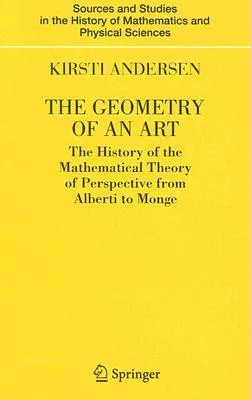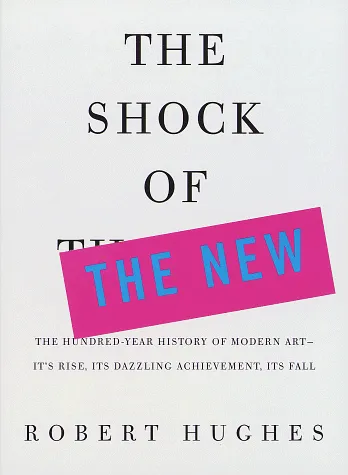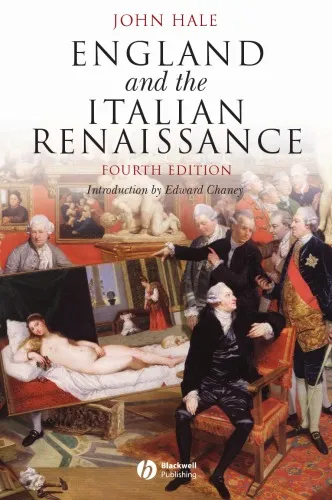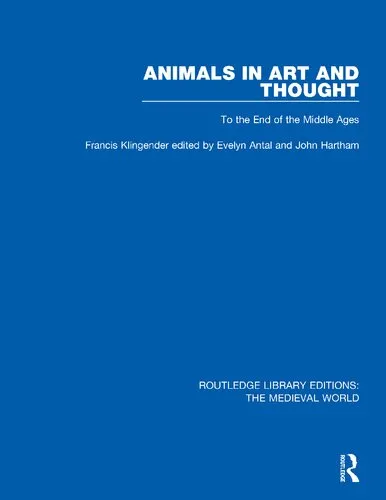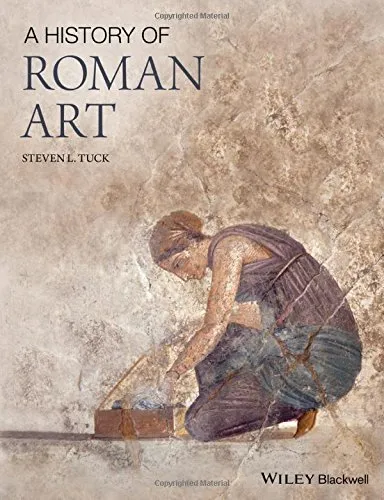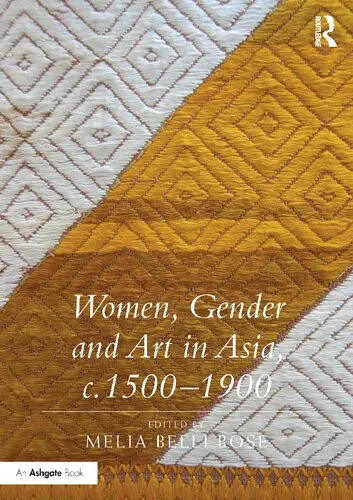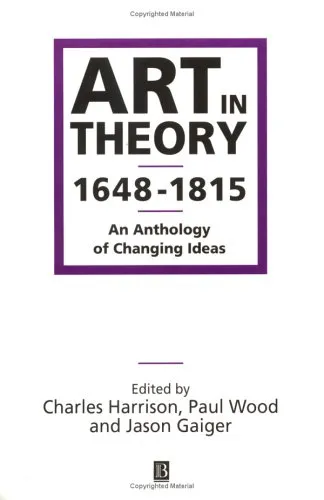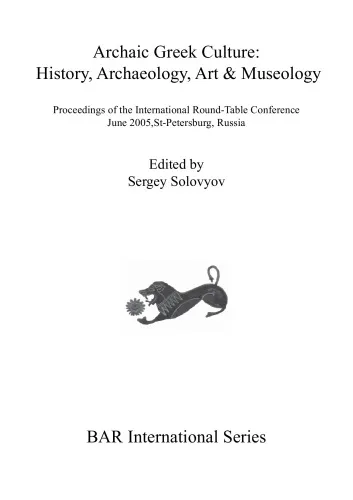The geometry of an art: the history of the mathematical theory of perspective from Alberti to Monge
4.5
Reviews from our users

You Can Ask your questions from this book's AI after Login
Each download or ask from book AI costs 2 points. To earn more free points, please visit the Points Guide Page and complete some valuable actions.Related Refrences:
"The Geometry of an Art: The History of the Mathematical Theory of Perspective from Alberti to Monge" is a comprehensive exploration of the fascinating evolution of the mathematical and artistic study of perspective. This enthralling book brings to light the intricate connections between art and mathematics, illustrating how the two disciplines have influenced each other's development over centuries. Authored by Kirsti Andersen, the book covers the inception, growth, and maturation of the geometrical perspective theory.
Detailed Summary of the Book
The book delves into the origins of perspective theory, tracing its roots back to the Renaissance period. Leon Battista Alberti, a key figure during this era, established the foundations of perspective in his treatise "On Painting" in 1435. Andersen meticulously follows the trajectory of perspective's evolution through the works of other influential figures such as Piero della Francesca, who expanded on Alberti's principles, integrating mathematical rigor into the art of portraying three-dimensional space on two-dimensional surfaces.
As the narrative progresses, the reader encounters the 16th and 17th centuries, a period marked by significant advances in the study of perspective. Mathematicians and artists alike, including Johannes Kepler and Guidobaldo del Monte, contributed to refining the theories that govern our understanding of perspectival space. The Age of Enlightenment heralded further exploration and formalization of these concepts, leading to Gaspard Monge's definitive work on descriptive geometry in the 18th century.
Andersen's book is not merely a chronological account but an engaging discourse on the symbiotic relationship between art and mathematics. It unveils how perspective not only changed the way artists created visual representations but also how it impacted the development of geometry as a mathematical discipline. This engaging narrative provides readers with a thorough understanding of how key transformations in perspective theory influenced both mathematical thought and artistic practice.
Key Takeaways
- The development of perspective in art was deeply intertwined with advancements in geometry and mathematics.
- Perspective techniques gained complexity and precision from the Renaissance through the Age of Enlightenment.
- Key figures such as Alberti, della Francesca, Kepler, and Monge played pivotal roles in shaping the theory of perspective.
- The evolving understanding of perspective influenced both artistic practices and mathematical principles.
- The study highlights perspective as a crucial bridge between scientific inquiry and artistic creativity.
Famous Quotes from the Book
"Perspective is more than a mere artistic technique; it is a testament to human ingenuity, transcending the boundaries between visual artistry and geometry."
"Through the lens of perspective, the worlds of mathematics and art converge, unveiling a harmonious interplay of spatial understanding."
Why This Book Matters
"The Geometry of an Art" stands out as an essential resource for both art historians and mathematicians, offering a unique interdisciplinary perspective on the history of perspective. By comprehensively covering the key developments and figures that shaped the discipline, Kirsti Andersen sheds light on the profound cultural and scientific shifts that accompanied this evolution. The book provides a rich tapestry of historical context, allowing readers to appreciate the broader cultural implications of perspective and its enduring significance in both art and science.
This meticulously researched volume not only acts as a historical chronicle but also as an inspirational text, encouraging contemporary scholars to recognize and explore the integrative possibilities that arise when art meets mathematics. By acknowledging the deep-seated connections between these fields, Andersen's work fosters a deeper appreciation for the inherent unity and diversity within human knowledge and creativity.
Free Direct Download
You Can Download this book after Login
Accessing books through legal platforms and public libraries not only supports the rights of authors and publishers but also contributes to the sustainability of reading culture. Before downloading, please take a moment to consider these options.
Find this book on other platforms:
WorldCat helps you find books in libraries worldwide.
See ratings, reviews, and discussions on Goodreads.
Find and buy rare or used books on AbeBooks.
1423
بازدید4.5
امتیاز0
نظر98%
رضایتReviews:
4.5
Based on 0 users review
Questions & Answers
Ask questions about this book or help others by answering
No questions yet. Be the first to ask!
